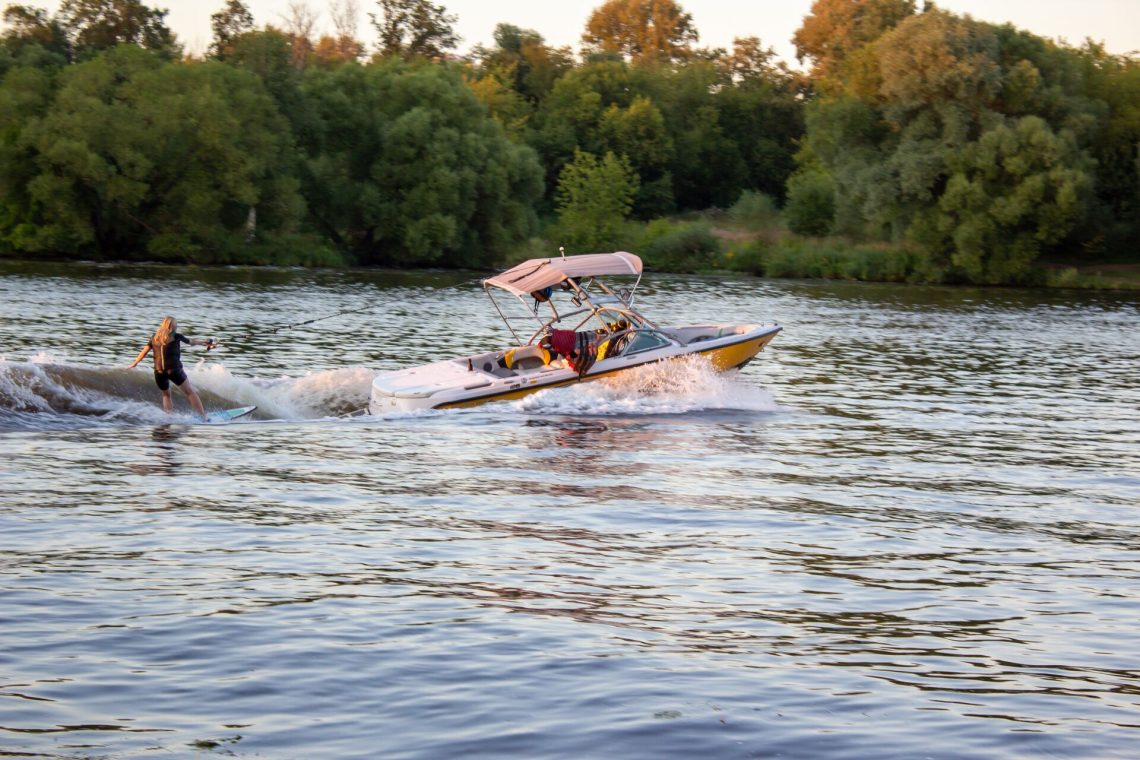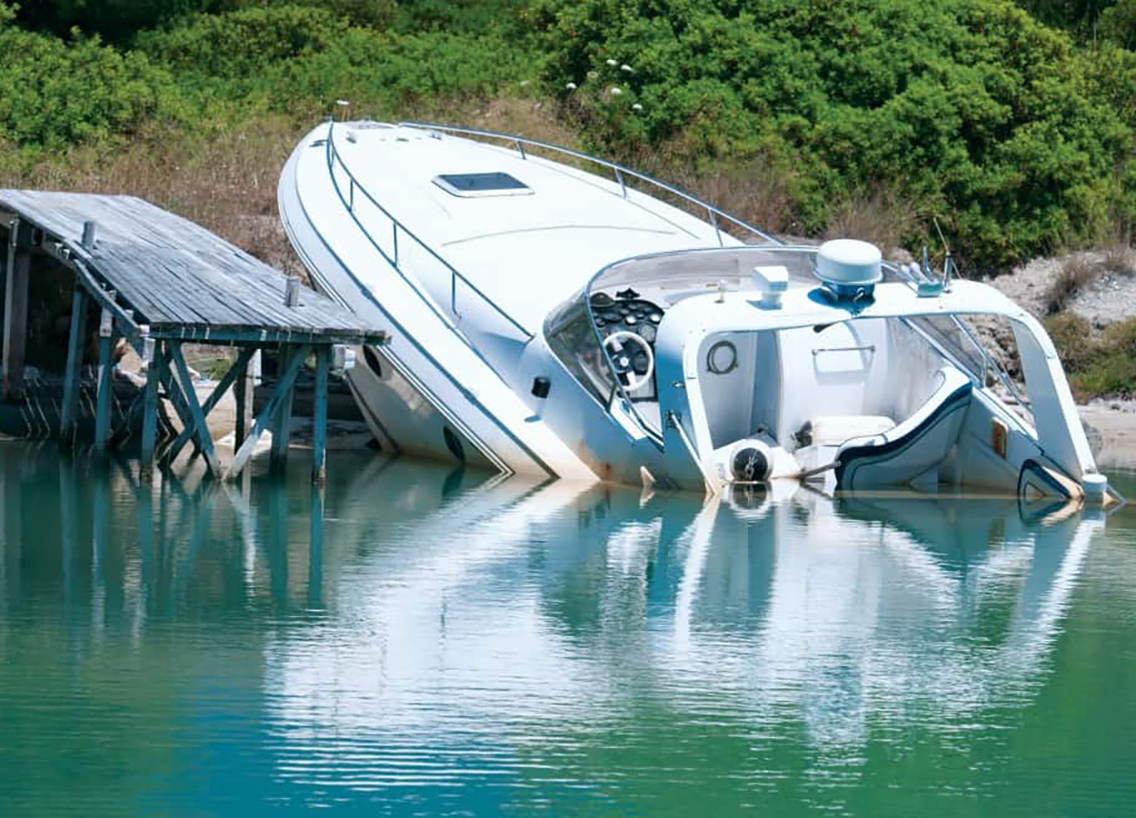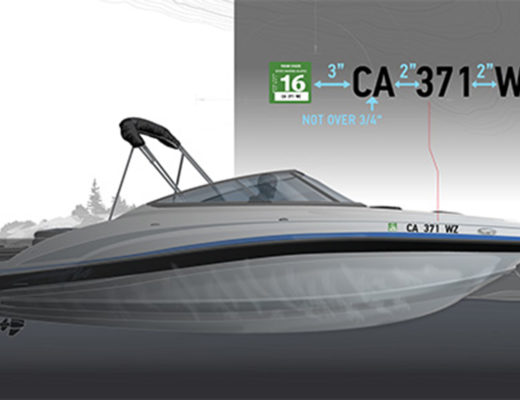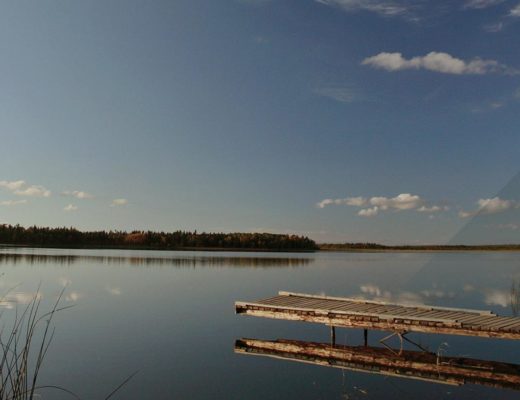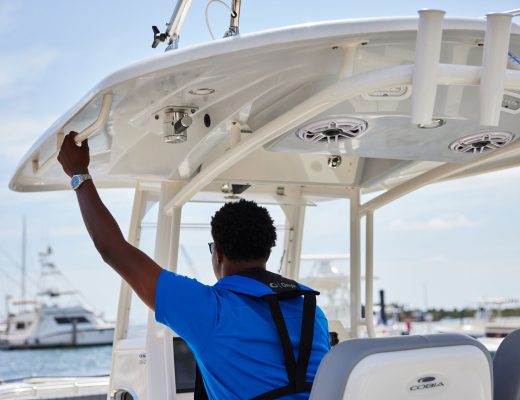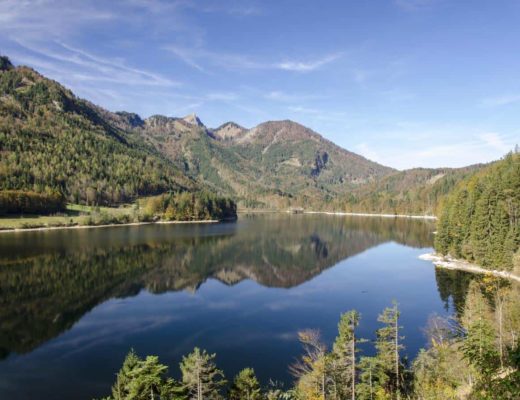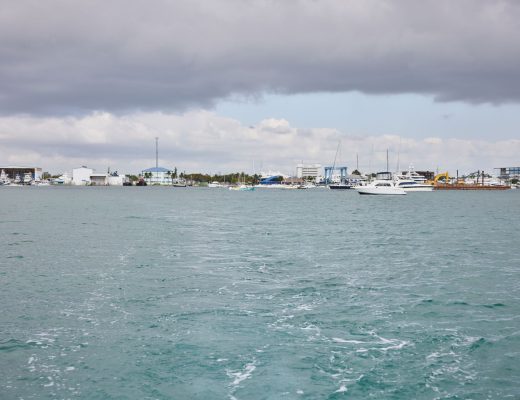A day (or several) on the water in Utah is not a bad way to spend a day. In fact, we believe enjoying a boat outing is one of the best ways to spend your time.
Before you head out on one of Utah’s lakes or waterways, make sure you’re familiar with the rules. Here’s what you need to know about Utah boating laws and regulations.
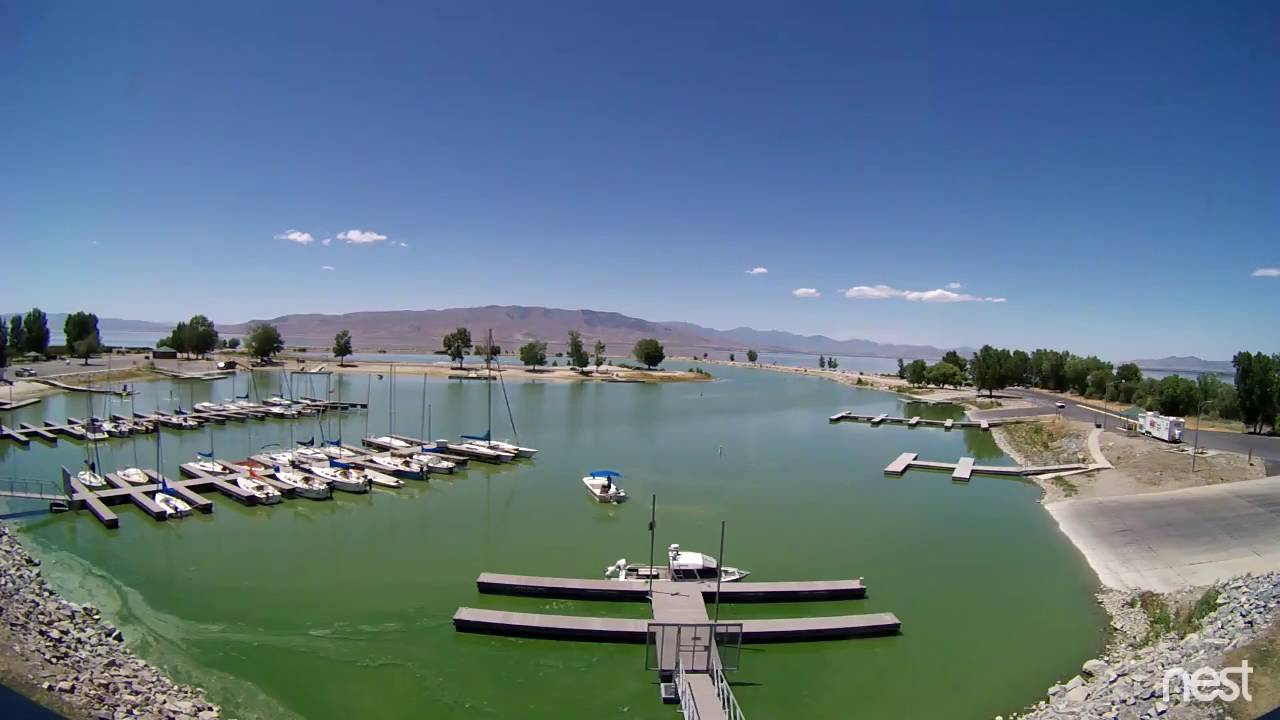
Who Needs a Utah Boater Education Card?
Utah requires anyone under the age of 16 years old to have direct supervision by someone 18 years old (or older) while operating a motorized vessel or a sailboat. However, if you’re 16 years old or older, there are no restrictions for operating sailboats or motorized watercraft.
Additionally, people 18 or older can operate a personal watercraft (PWC) without any restrictions. However, if you are between the ages of 16 and 17 years, you must successfully complete a boater safety course and a valid certificate before operating a PWC.
Utah Boating Laws for Life Jacket Requirements
Wearing a life jacket saves lives — and Utah agrees.
The state requires vessels to have at least one properly sized, wearable U.S. Coast Guard-approved life jacket for each person onboard. Additionally, life jackets (or personal flotation devices) must be readily accessible and not in an out-of-reach location. They also need to be out of the original packaging and ready for use.
Personal flotation devices (PFDs) must also be the proper size and in good and serviceable condition for each person on board. They must be used in accordance with the activity, age, weight, and use restrictions listed on the label.
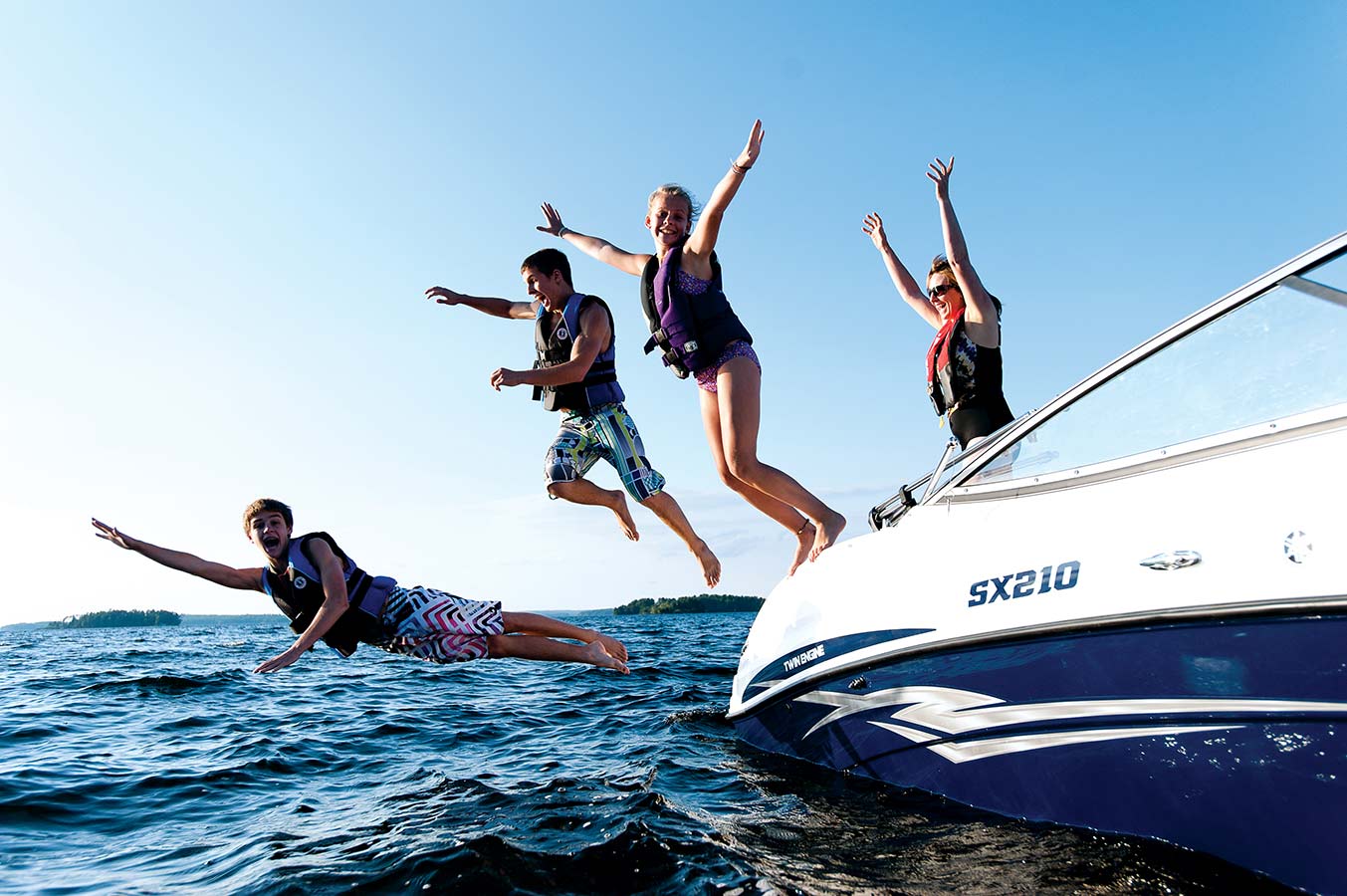
Who Needs to Wear a PFD?
While everyone should wear a lifejacket while a boat or PWC is underway, the only boaters required to wear their life jackets in the state of Utah are:
- Children 12 years of age and under. They must wear a life jacket while on board any boat in operation unless they are inside the enclosed cabin area of a boat that is 19 feet long or longer.
- Passengers towed by a PWC or boat or PWC.
- PWC operators and passengers.
Take Care of Your Life Jackets
Safe boaters understand the responsibility of keeping life jackets in good condition, so they function properly and save lives.
Life jackets should be inspected often to make sure they are in good working condition. Before using a PFD, make sure that:
- It is free of tears, rips, or holes.
- Straps, seams, and buckles are in good condition.
- The device is free of waterlogging and mildew odor.
- The buoyant material isn’t showing any sign of shrinkage.
- There aren’t any leaks (only if your PFD uses bags of kapok, a naturally buoyant material).
- The label is legible.
To check for leaks, gently squeeze the bag. If you see a leak, throw the PFD away. Never use a life jacket that has holes, tears, or leaks.
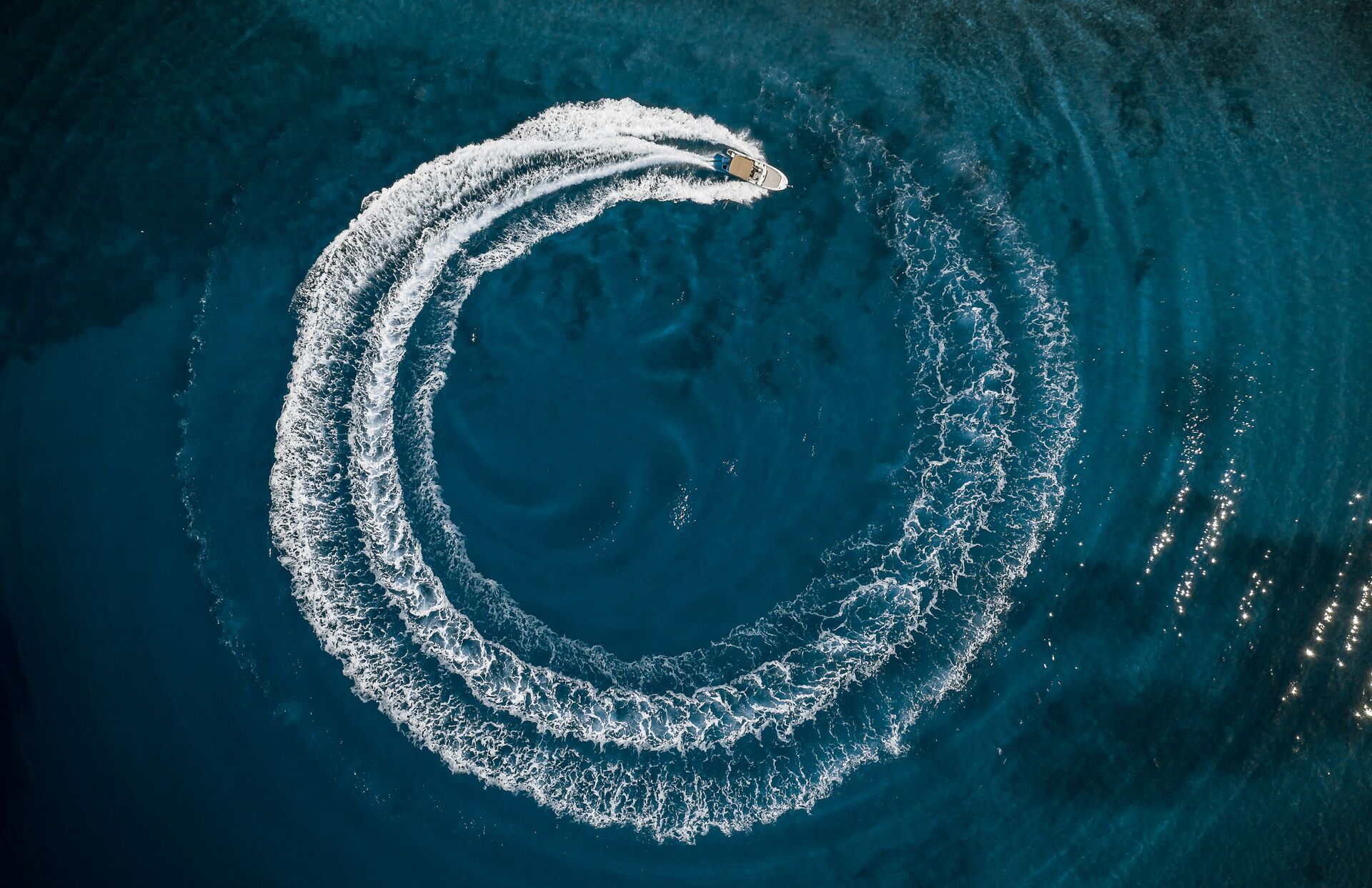
Boating and Alcohol in Utah
In Utah, boating under the influence (BUI) is the same as driving under the influence. If you’re guilty of a BUI, the same penalties apply as if you were found guilty of a DUI.
These penalties can include:
- Possible jail time
- A suspended driver’s license
- Fines
- Community service
- Rehabilitation assessment
Additionally, if arrested, your boat, trailer, and tow vehicle may be impounded.
Also, know that if you operate a motorized boat on Utah’s waters, you are considered to have given consent to take a field sobriety test if requested by an officer who suspects you are under the influence of alcohol or drugs.
Can I Have Alcohol On a Boat?
Alcohol is allowed on all boats. However, it is illegal to operate the boat if you are under the influence of alcohol.
In Utah, you are under the influence if you have a Blood Alcohol Concentration (BAC) level of 0.08% or higher.
Utah’s boaters must always comply with state and federal boating laws. You must also follow any directions given by law enforcement. The state’s boating authorities are:
- The U.S. Coast Guard (on federal and interstate waters)
- Utah State Parks and Recreation rangers
- Other officers with law enforcement authority
Utah’s Boat Accident Reporting Requirements
Understanding how to boat safely can help you avoid a boating accident. However, if you’re involved in one, Utah has requirements for what you must do.
Boaters must immediately notify the nearest state park ranger or other law enforcement officer of an accident and by the quickest means of communication available. This is required when one of the following situations occurs:
- A person dies
- Someone disappears from a vessel under circumstances that indicate death
- Anyone is injured and receives medical treatment beyond first aid
- Property damage exceeds $2,000
When notifying law enforcement, provide the following information:
- The date, time, and location of the accident
- The name of each person who disappeared or died
- The vessel’s assigned number
- The name and address of the operator and owner
For more information about safe boating in Utah, contact the Department at:
Department of Natural Resources
1594 West North Temple
PO Box 145610
Salt Lake City, Utah 84114-5610
801-538-7200
801-538-7315 (fax)
naturalresources.utah.gov
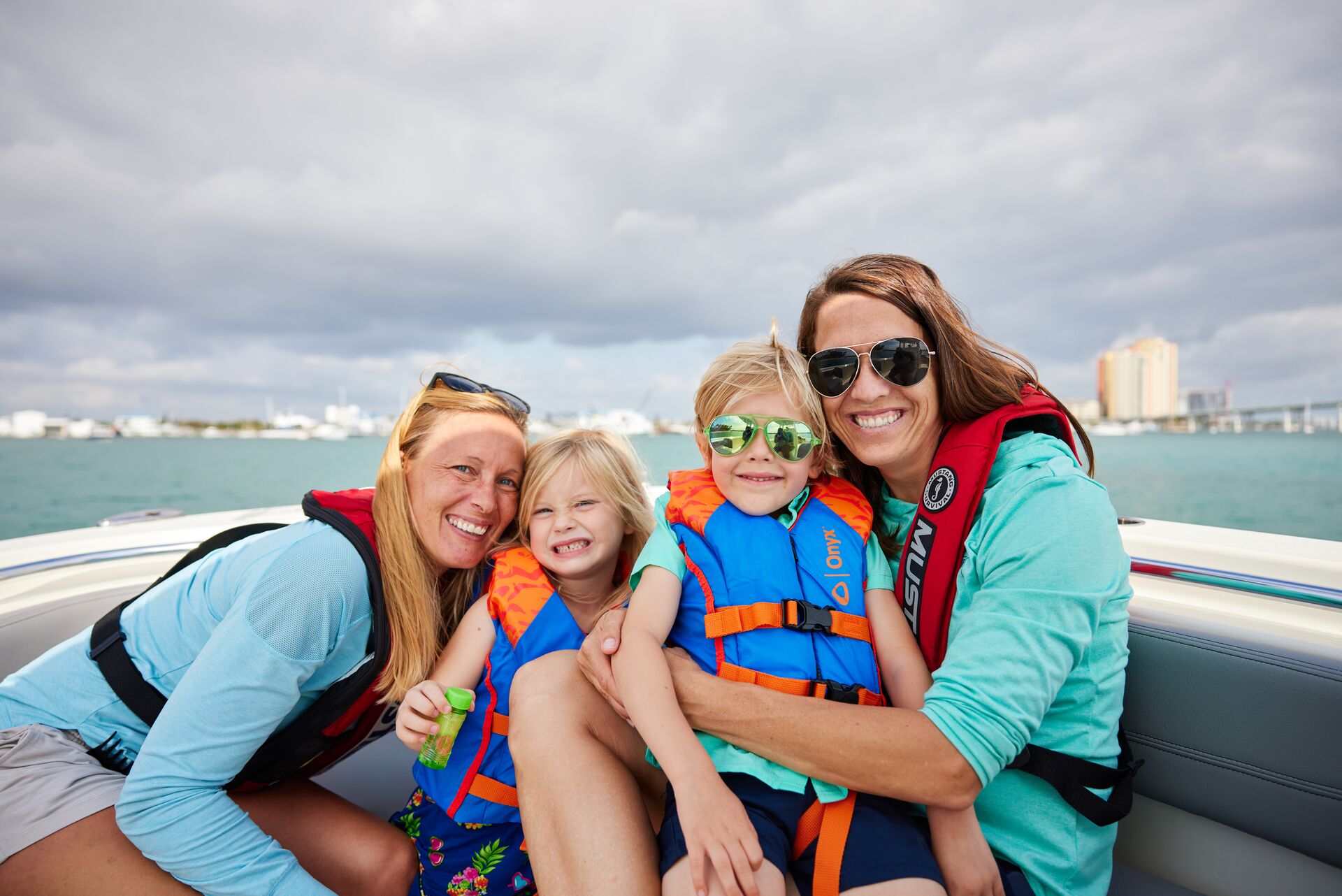
Follow Utah Boating Laws and Regulations (and Have Fun)
Following Utah boating laws is the best way to be a responsible boater. Doing this also leads to more opportunities for fun on Utah’s waterways!
To learn more about safe boating, take a boating education course. BOATsmart! courses are fun and engaging, making it easy to retain information that can help you save lives on the water.
Originally published in May 2017. Content most recently reviewed and updated for accuracy and relevancy October 18, 2024.
